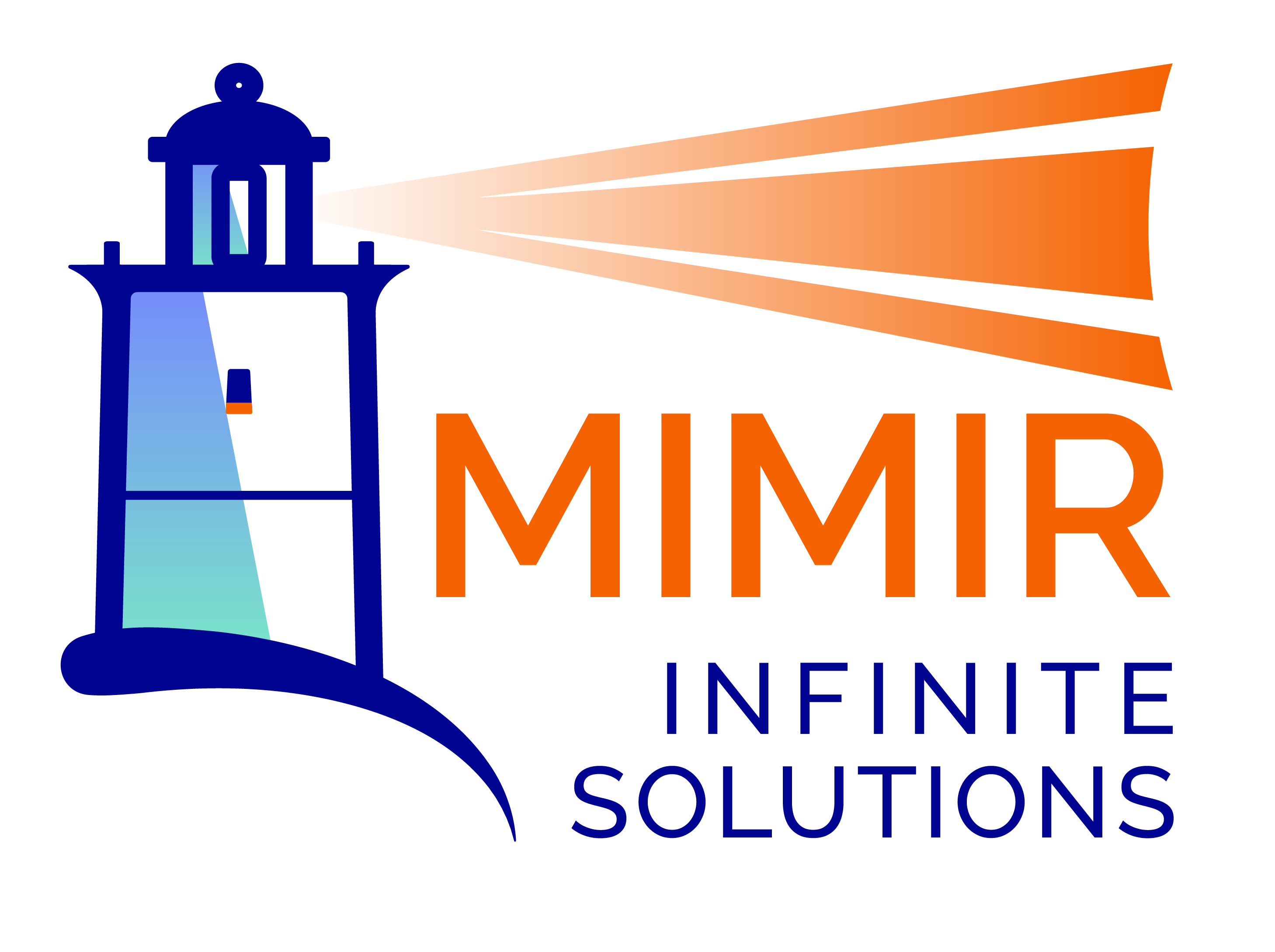Failure is inevitable in any environment striving to innovate and push a business forward.
Amy Edmondson defines three types of failure:
- Basic Failures – Mistakes
- Deviations from known processes or practices
- Complex Failures – Accidents
- Multiple minor causes of failure that, on their own, would not have had such a significant effect
- Intelligent Failure – Discoveries
- An undesired result that occurs when exploring new territory with an intent to learn and innovate
Intelligent Failures are the primary domain of learning and innovation.
For a failure to be classified as Intelligent, it must meet four criteria:
- It takes place in new territory where success isn’t guaranteed
- Its success would have advanced a defined goal or value
- It extends available knowledge
- It’s as small as necessary while still providing definite insights
One of Amy’s key messages to modern organizations is the need to shift from the traditional management mindset to what she calls “Innovation Logic.”
“Innovation Logic” has three key tenets:
- Assume uncertainty over predictability
- Emphasize speed and experimentation
- Recognize that true progress cannot occur without intelligent failure
Along with this shift in mindset, the culture of most modern organizations needs to change. Currently, most organizations view failures with shame, even those that provide valuable lessons.
To move your organization towards one that embraces “Innovation Logic” and the value of intelligent failure, you must:
- Do your homework before taking risks
- Kick shame to the curb
- Document and share lessons learned
- Realize that if you aren’t allowing your teams to fail intelligently, you’re not reaching your full potential
If you want your team to truly grow and innovate, it’s time to embrace and celebrate Intelligent Failures!

